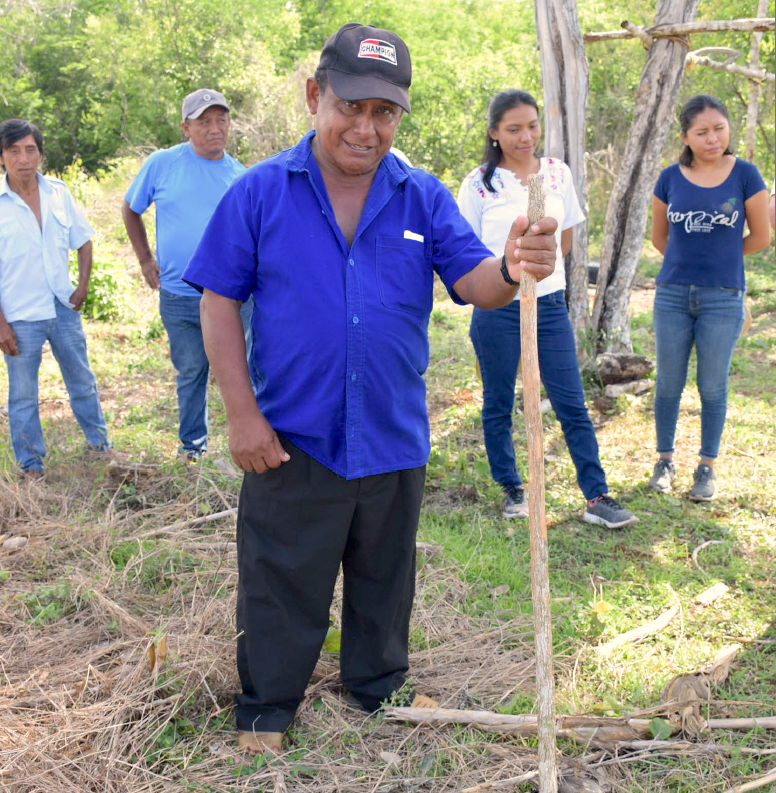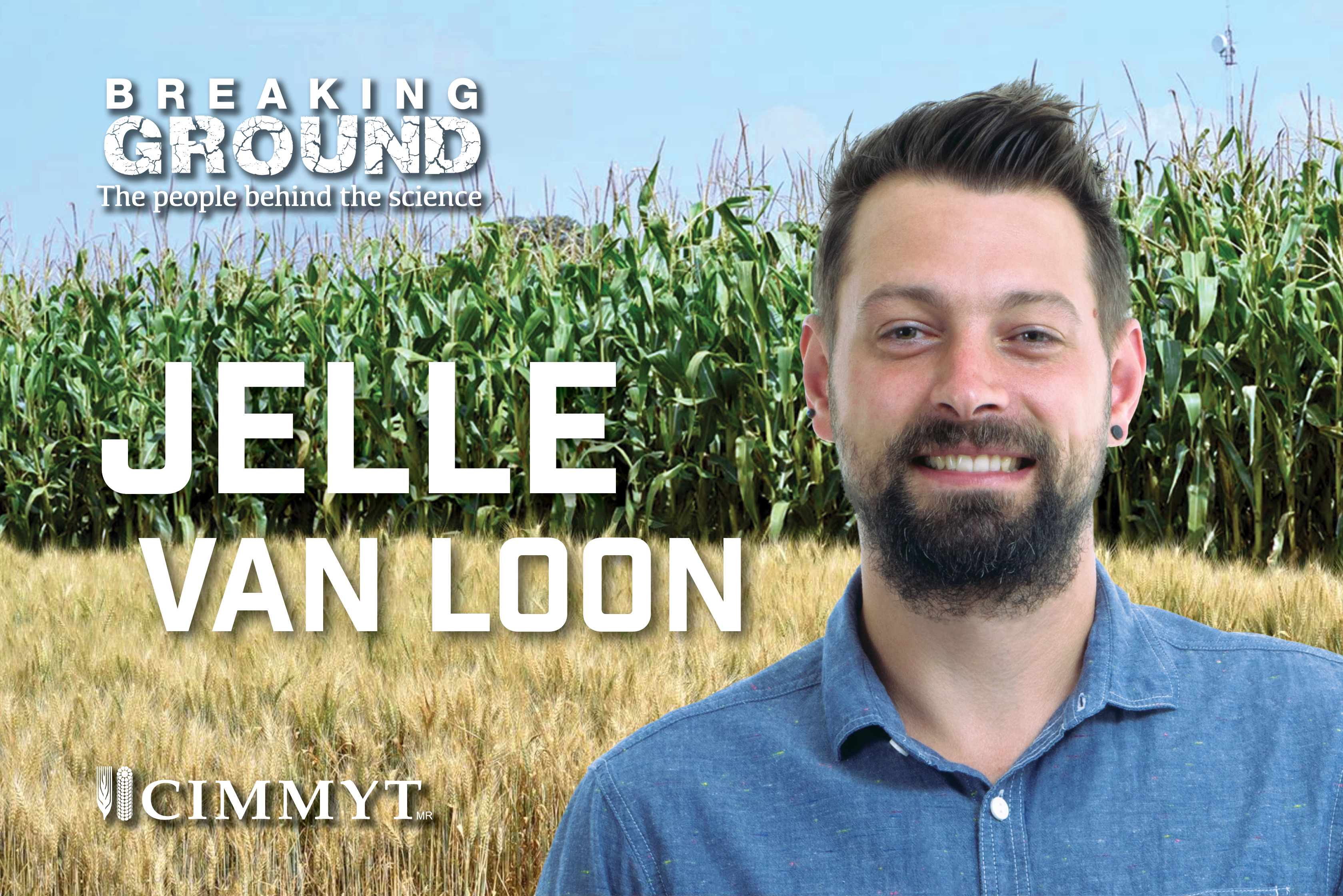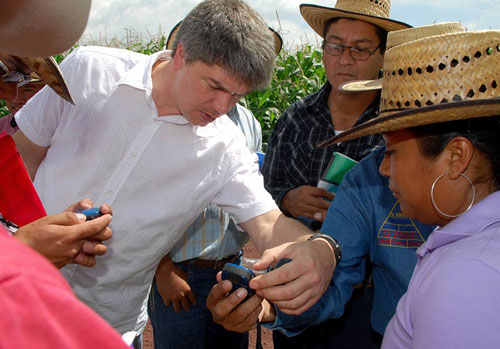The indigenous peoples who lived in central and southern Mexico thousands of years ago developed a resilient intercropping system to domesticate some of the basic grains and vegetables that contribute to a healthy diet.
Today, small farmers in roughly the same areas of Mexico continue to use this flexible system called “milpa” to grow chili, tomatoes, beans, squashes, seasonal fruits and maize, which are essential ingredients of most Mexican dishes.
An analysis of the Mexican diet done in the context of a recent report by the EAT – Lancet Commission found that Mexicans are eating too much animal fat but not enough fruits, vegetables, legumes and wholegrains. As a result, a serious public health issue is affecting Mexico due to the triple burden of malnutrition: obesity, micronutrient deficiency and/or low caloric intake. The study also urges Mexico to increase the availability of basic foodstuffs of higher nutritional value produced locally and sustainably.
Although changing food consumption habits may be hard to achieve, the traditional diet based on the milpa system is widely regarded as a healthy option in Mexico. Although nutritional diversity increases with the number of crops included in the milpa system, its nutritional impact in the consumers will also depend on their availability, number, uses, processing and consumption patterns.
Unfortunately, milpa farmers often practice slash-and-burn agriculture at the expense of soils and tropical rainforests. For that reason, it is also important to address some of the production-side obstacles on the way to a healthier diet, such as soil degradation and post-harvest losses, which have a negative effect on agricultural productivity and human health.
The International Maize and Wheat Improvement Center (CIMMYT) engages in participatory field research and local capacity-building activities with farmers, local partners and authorities to foster innovation and to co-create strategies and procedures that help farmers produce food sustainably.

These efforts led Francisco Canul Poot, a milpa farmer from the Yucatan Peninsula, to adopt conservation agriculture concepts in his milpa and to stop burning soil residues since 2016. As a result, his maize yield grew by 70%, from 430 to 730 kg per hectare, and his income increased by $300 dollars. 15 farmers sharing property rights over communal land have followed his example since.
These outstanding results are encouraging more farmers to adopt sustainable intensification practices across Mexico, an important change considering that falling levels of nitrogen and phosphorus content in Mexican soils may lead to a 70 percent increase in fertilizer use by 2050.
By implementing a sustainable intensification project called MasAgro, CIMMYT contributes, in turn, to expand the use of sustainable milpa practices in more intensive production systems. CIMMYT is also using this approach in the Milpa Sustentable Península de Yucatán project.
At present, more than 500 thousand farmers have adopted sustainable intensification practices — including crop diversification and low tillage — to grow maize, wheat and related crops on more than 1.2 million hectares across Mexico.
 Capacity development
Capacity development 


